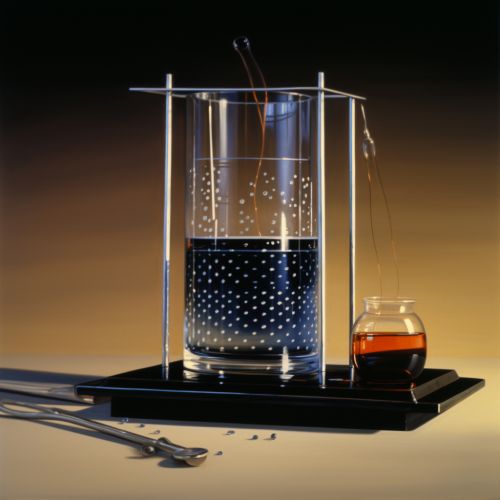Pascal's law
Introduction
Pascal's law or Pascal's principle, named after the French scientist Blaise Pascal, is a fundamental principle in the field of fluid mechanics. It states that a change in pressure at any point in an enclosed fluid at rest is transmitted undiminished to all points in the fluid. This law is the basis for many hydraulic systems and devices, including the hydraulic press and hydraulic brakes.
Historical Background
Blaise Pascal, a French mathematician, physicist, and philosopher, first formulated Pascal's law in 1653. His experiments with barometers and studies on fluid statics led to the formulation of this fundamental principle. Pascal's law is a cornerstone in the understanding of fluid mechanics and has wide applications in various fields of engineering and science.


Statement of Pascal's Law
Pascal's law states that "pressure applied at any point in a confined incompressible fluid will be transmitted equally in all directions throughout the fluid without the pressure being diminished". This means that if an external pressure is applied to an enclosed fluid, it is distributed evenly throughout the fluid, regardless of the shape and size of the container.
Mathematical Formulation
The mathematical representation of Pascal's law is quite straightforward. If P is the pressure applied to a fluid enclosed in a container, and A is the area of the surface on which the pressure is applied, then the force F exerted by the fluid on that surface is given by the equation:
F = P * A
This equation shows that the force exerted by a fluid under pressure is directly proportional to the area of the surface in contact with the fluid. This is why a small force applied to a small area can result in a large force over a larger area, a principle used in hydraulic systems.
Applications of Pascal's Law
Pascal's law has numerous practical applications, particularly in hydraulic systems. Some of the most common applications include:
Hydraulic Press
The hydraulic press is a device that uses Pascal's law to amplify force. In a hydraulic press, a small force applied to a small area can generate a large force over a larger area. This is possible because the pressure applied to the fluid in the small cylinder is transmitted undiminished to the fluid in the larger cylinder.
Hydraulic Brakes
Hydraulic brakes in vehicles also operate based on Pascal's law. When the brake pedal is pressed, it applies pressure to the brake fluid in the master cylinder. This pressure is then transmitted undiminished to the brake cylinders at each wheel, causing the brake pads to press against the brake disc or drum and slow down or stop the vehicle.
Hydraulic Lifts
Hydraulic lifts are used to lift heavy loads with a small force. The principle of operation is the same as that of the hydraulic press. A small force applied to a small piston creates a pressure that is transmitted undiminished to a larger piston, resulting in a large upward force.
Limitations of Pascal's Law
While Pascal's law is fundamental in fluid mechanics, it has certain limitations. It assumes that the fluid is incompressible, which is not always the case in real-world applications. For example, gases are compressible, and their behavior under pressure differs from that of liquids. Moreover, Pascal's law does not account for the effects of gravity, which can cause pressure variations in a fluid.
